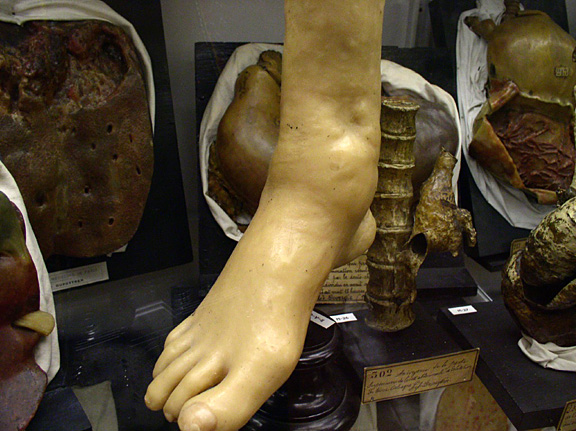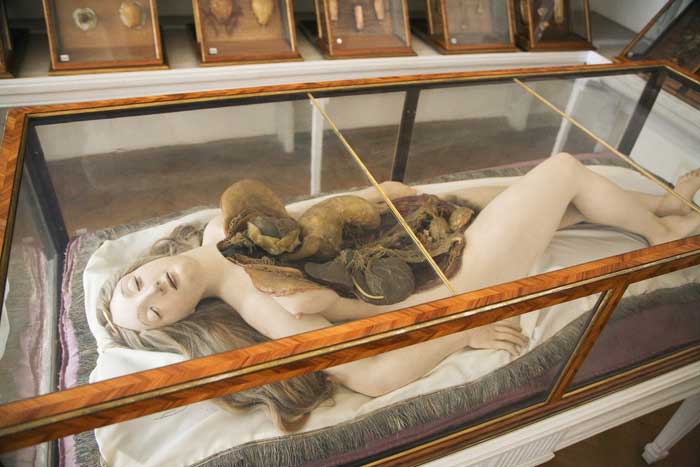
I am organizing (curating and introducing) an afternoon of Arcane Media at my favorite gallery, Proteus Gowanus, on Sunday, May 18th [invitation above]. All New York based Morbid Anatomy readers are formally invited. Also, I would like to organize a second presentation sometime soon, so if anyone has some arcane media--magic lantern slides, phantasmagoria, etc.-- they would like to present, or knows someone who might, please let me know!
If you are interested in attending, I recommend that you RSVP quickly--Time Out New York is going to be listing the event, so it might sell out.
RSVP by Email at
info@proteusgowanus.com or phone: 718-243-1572. More information on the Proteus Gowanus website,
here; Also, feel free to
contact me with any questions.
Hope to see you there!
Details, per the Proteus Gowanus website:
Sunday, May 18th, 3 p.m. $5 per person.
An afternoon of magic lantern slides and arcane media coordinated by various “Lanternists,” including:
Zoe Beloff is a media artist who works with film, stereoscopic projection performance, interactive media and installation. She will introduce and demonstrate her "Nic Projector."
James Walsh lives in Brooklyn, works mainly in video and artist's books, and has a keen interest in natural history. He will present a video of lantern slides images from the archives of the American Museum of Natural History. The lantern slides document the later years of the American naturalist and nature essayist John Burroughs (1837-1921), who was influential in the beginnings of the conservation movement and was friends with Walt Whitman, Teddy Roosevelt, Thomas Edison, Henry Ford, and other leading writers and industrialists of his day. Through the medium of video these images are brought to life and set to a soundtrack inspired by his writings, creating an intimate portrait of this enigmatic, contradictory, and once-popular figure.
g. f. Newland is a Brooklyn based animator and musician. He is fond of his old stuff and likes to show it to people when they will let him. He will be showing antique magic lantern slides, some of them animated.
R. Munn and Sara Cook A PRESENTATION OF STEREOSCOPIC IMAGES OF WORLD WAR 1
A selection of rare glass plate three dimensional slides will be presented utilizing polarized projection. Over 90 years old, these stereo photographs display an uncompromising view of WW1. With electronic Theremin accompaniment and 3D glasses provided for the audience.
Joanna Ebenstein is a Brooklyn based graphic artist and photographer. Much of her work is about fascination with antique forms. She organized this night so that she could finally see magic lantern slides projected; it took on a life of its own. She is the curator of the event, and will give a brief introduction.








































